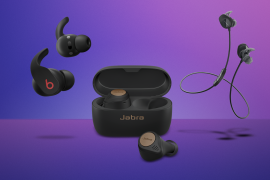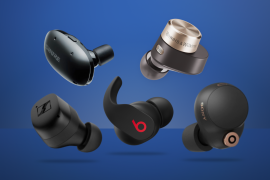Philips Fidelio L4 review: a familiar formula, refined
Updated: ANC all-rounder over-ears get plenty right - but competition is fierce
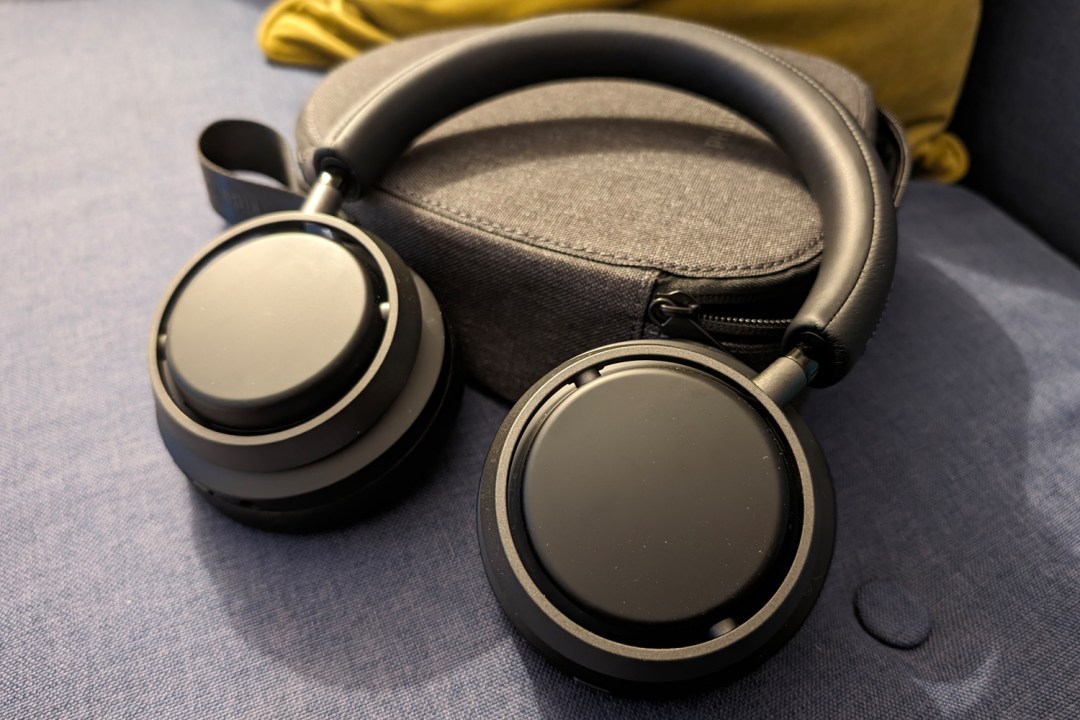
Stuff Verdict
A comfy, long-lasting pair of over-ears with no gimmicks, just great sound. But it’s hardly like that’s a rarity at this price.
Pros
- Engaging and enjoyable tuning
- Sleek looks and quality materials
- Ample battery life
Cons
- Noise cancelling short of class best
- A few app shortcomings
Introduction
Stuff has long championed Philips’ Fidelio headphone range. My own experience goes as far back as the fab M1BT Bluetooth on-ears, which launched a mere (checks notes) twelve years ago. Each subsequent pair reliably delivered the signature Fidelio sound: warm, rich and not afraid of a little bass. The Philips Fidelio L4 looks to continue that trend – while bringing just a little more restraint, in order to appeal to a wider audience.
That is mission critical in 2024, when the noise cancelling competition has never been stronger. At £300, these over-ears undercut the Bose QuietComfort Ultra, Bowers & Wilkins PX7 S2e and Apple AirPods Max, but demand more moolah than either the Sony WH-1000XM5 or Sennheiser Momentum 4.
You’re getting refined styling, modern connectivity options, better battery life and improved ANC for your cash. Philips has also brought graphene into the mix to keep driver distortion in check, but this is otherwise a fairly straightforward pair of cans. Does the fad-free approach work?
Review originally published 17 December 2023. Updated June 2024 following a firmware update that fixed connectivity dropouts, notably on Android smartphones.
How we test headphones
Every pair of earphones and headphones reviewed on Stuff is used for a minimum of a week’s worth of daily listening. We use a playlist of test tracks made up of multiple genres to assess sound, and use our years of experience to compare to other models. Manufacturers have no visibility on reviews before they appear online, and we never accept payment to feature products.
Find out more about how we test and rate products.
Design & build: subtle evolution
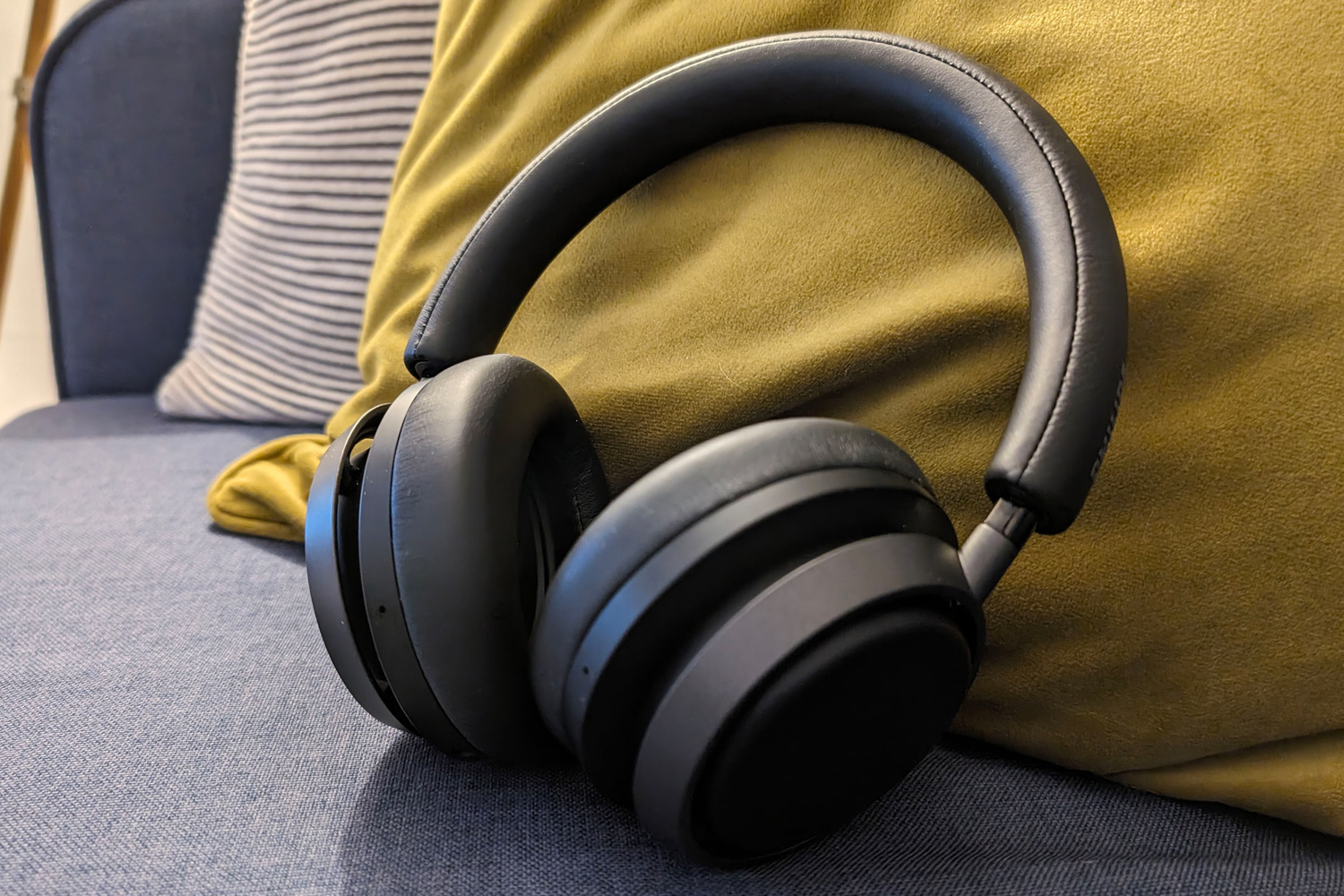
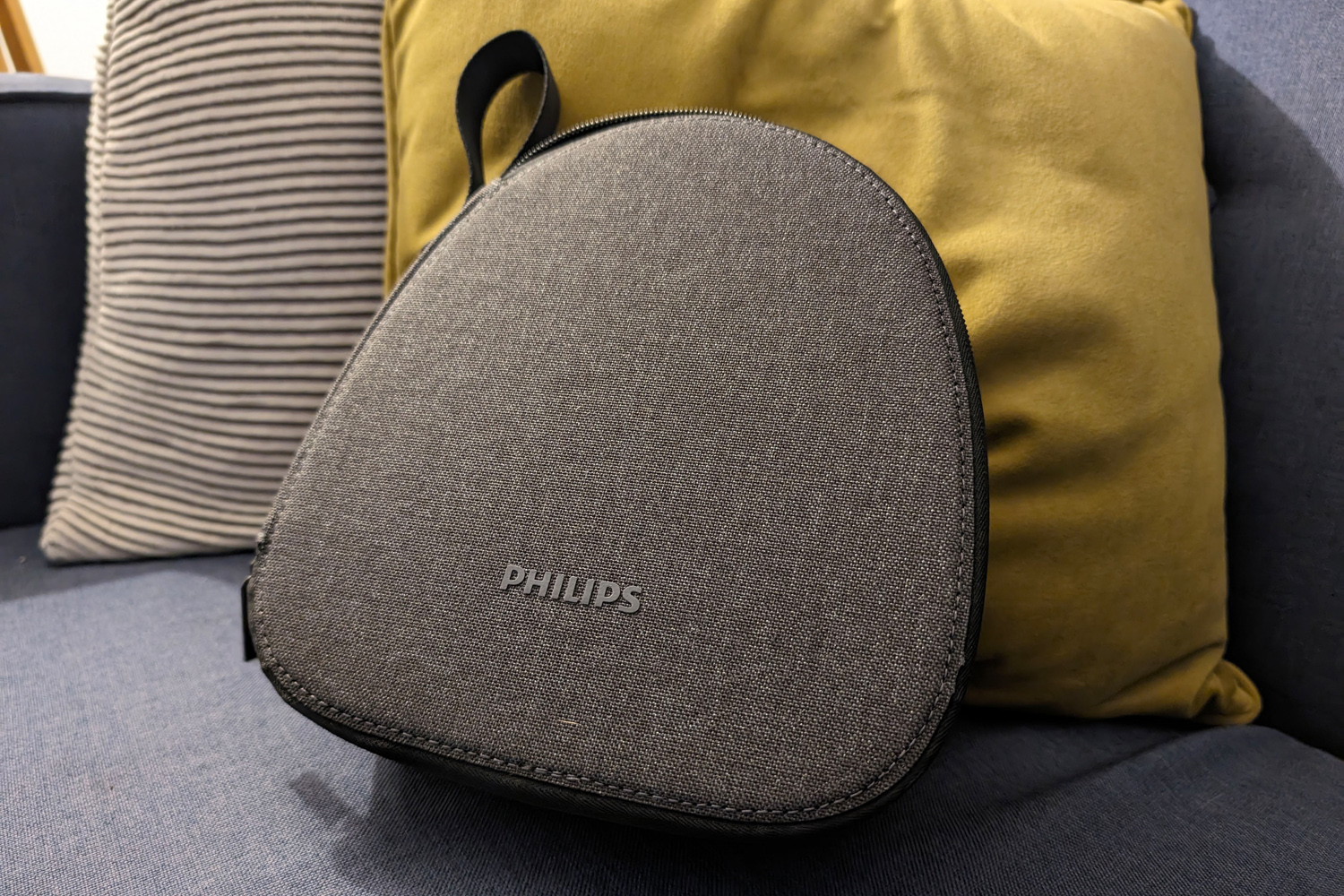
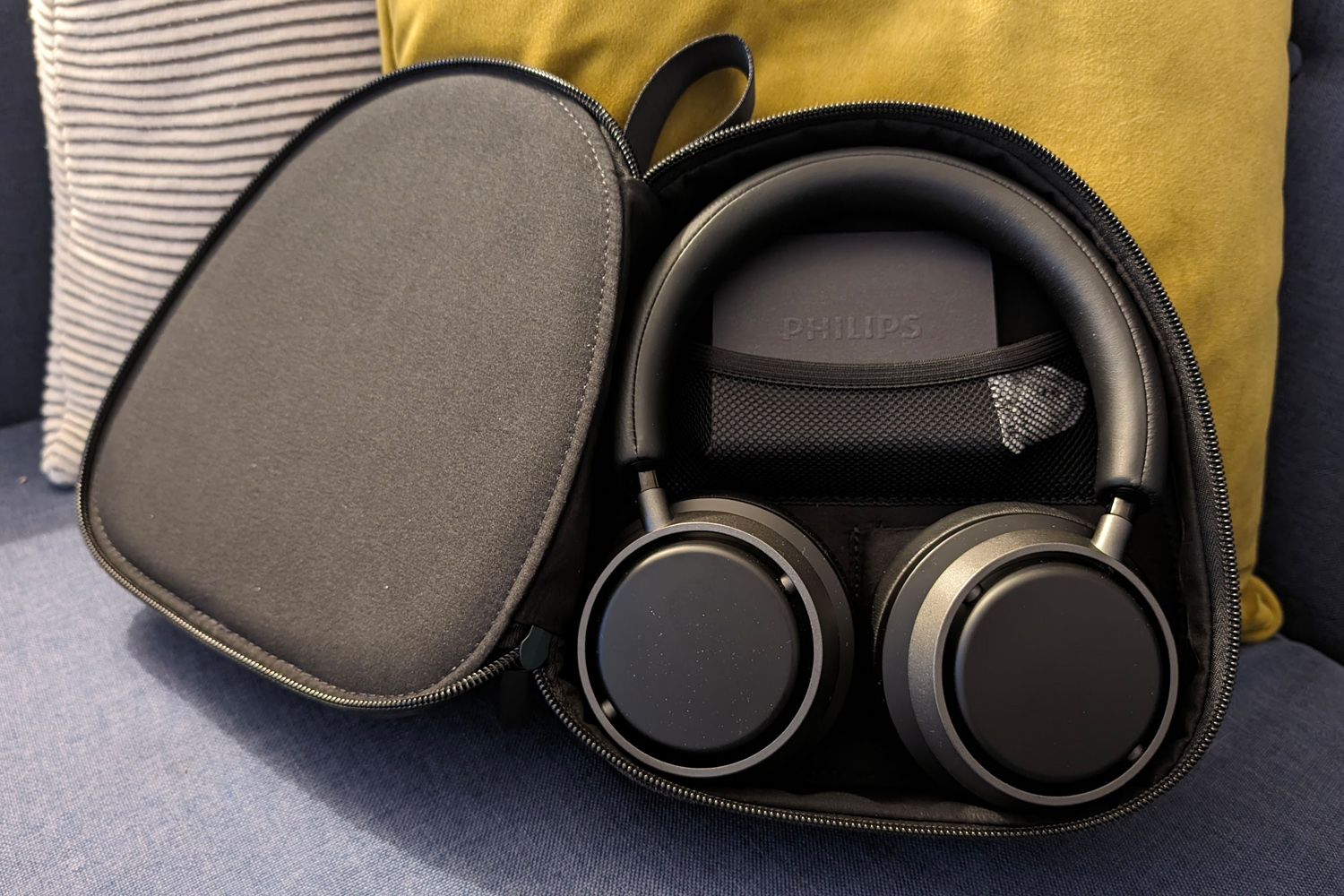
There’s a clear family line between the previous-gen Fidelio L3 and these cans. Both have deceptively large circular ear cups, with TARDIS-like inner chambers that’ll sit comfortably around even sizeable lugs. The metal frame is slimmer this time around, though, with step-less adjustment for a more precise fit.
I’m a big fan of the styling, which is wonderfully minimalist. Vegans will also appreciate the ear cushions being made from synthetic leather. They have plenty of padding and create a reasonable amount of passive sound isolation. The headband uses the same material, instead of the mix of leather and suede seen on the Fidelio L3.
I found clamping force was well judged, being enough to stay in place while I walked to work but not so much they became uncomfortable after several hours of listening. My ears did get a little toasty by that point, but no more so than any of the Fidelio L4’s closest rivals. Sony, Bose et al are lighter, though, despite Philips reducing weight by a respectable 10% compared to the old model, but it never really bothered me.
Neither did the fact these headphones don’t properly fold up for transport. That’s because the ear cups have enough swivel to lie flat against my shoulders when worn around the neck, so I opted to just keep them on most of the time.
Features & battery: get connected
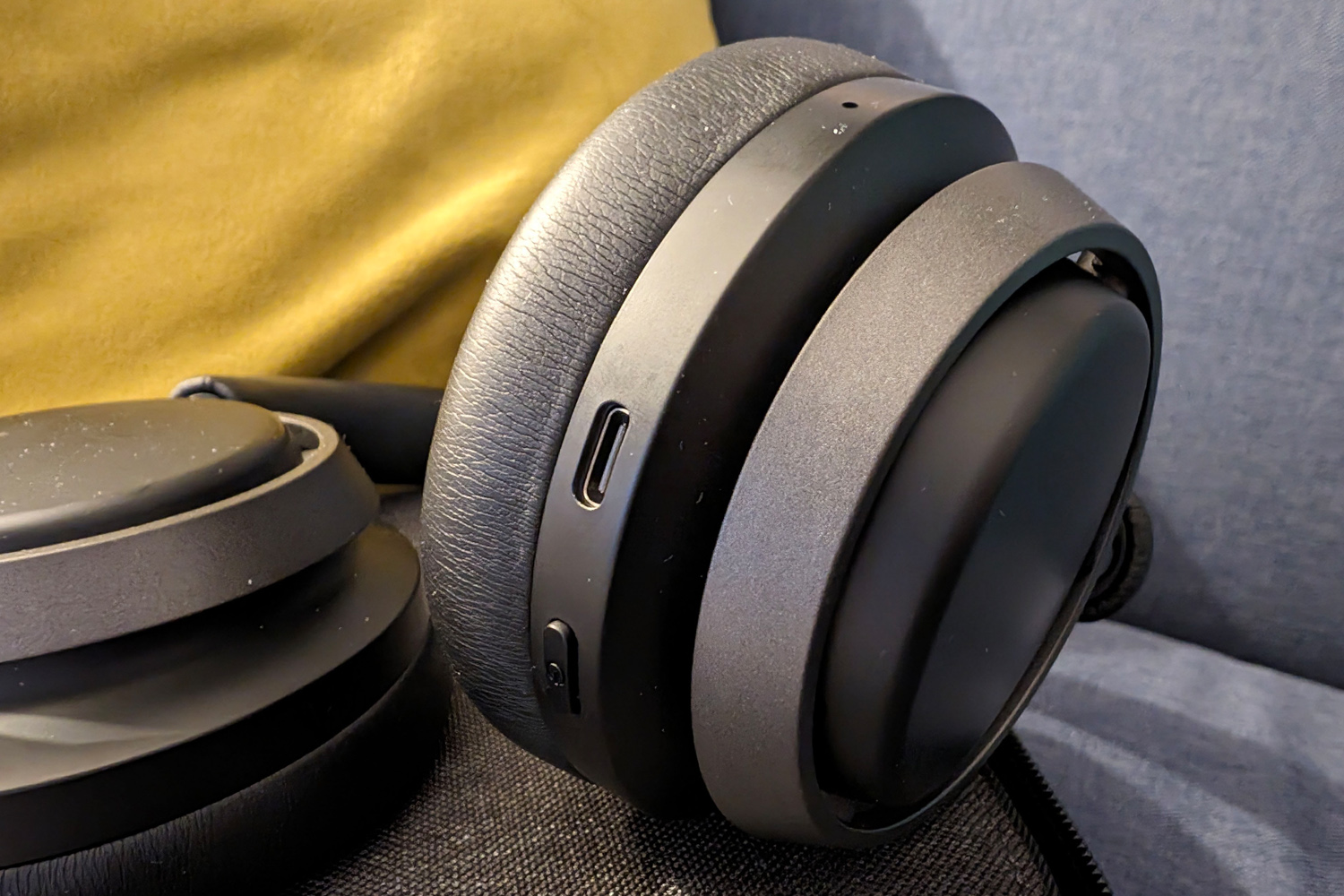
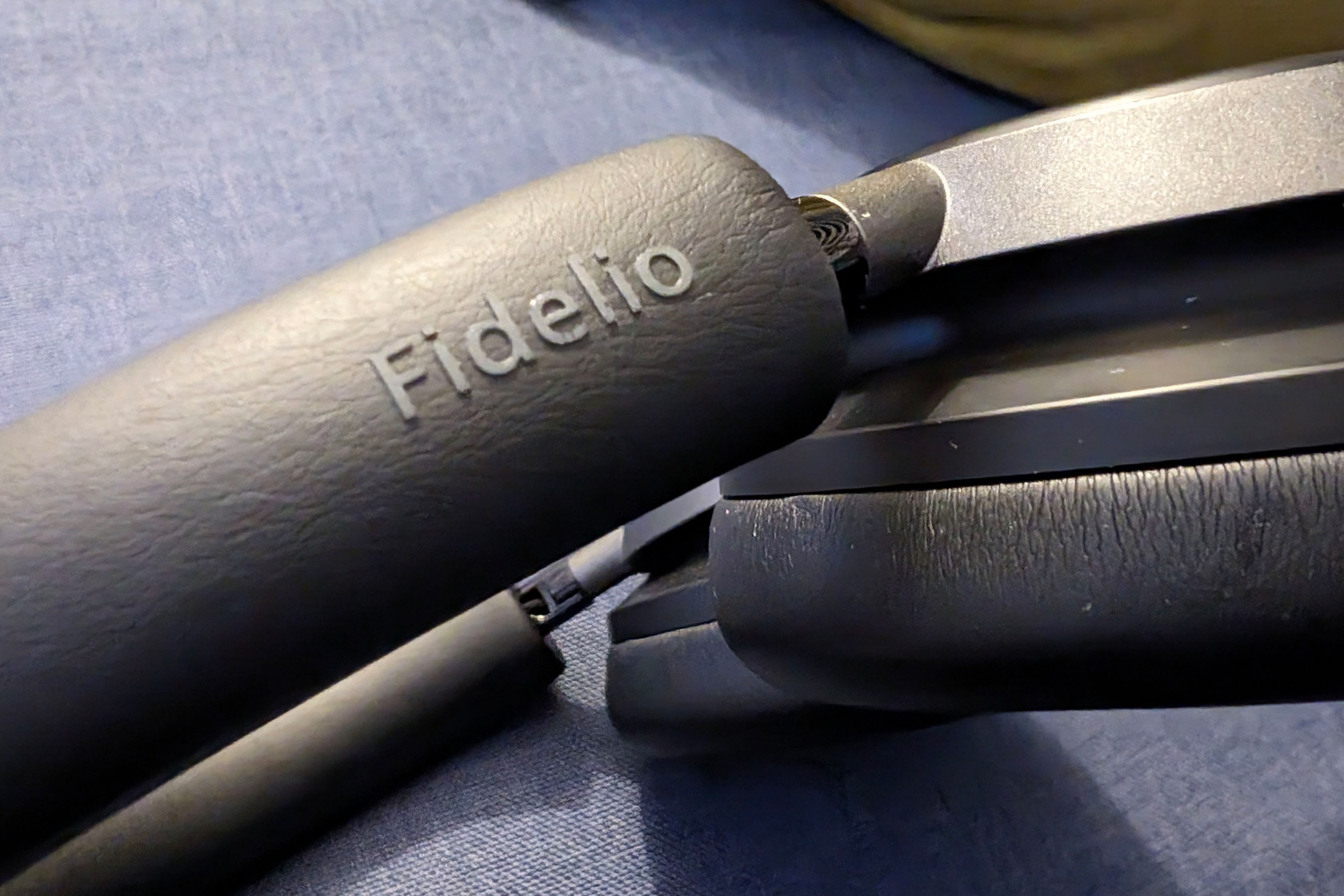
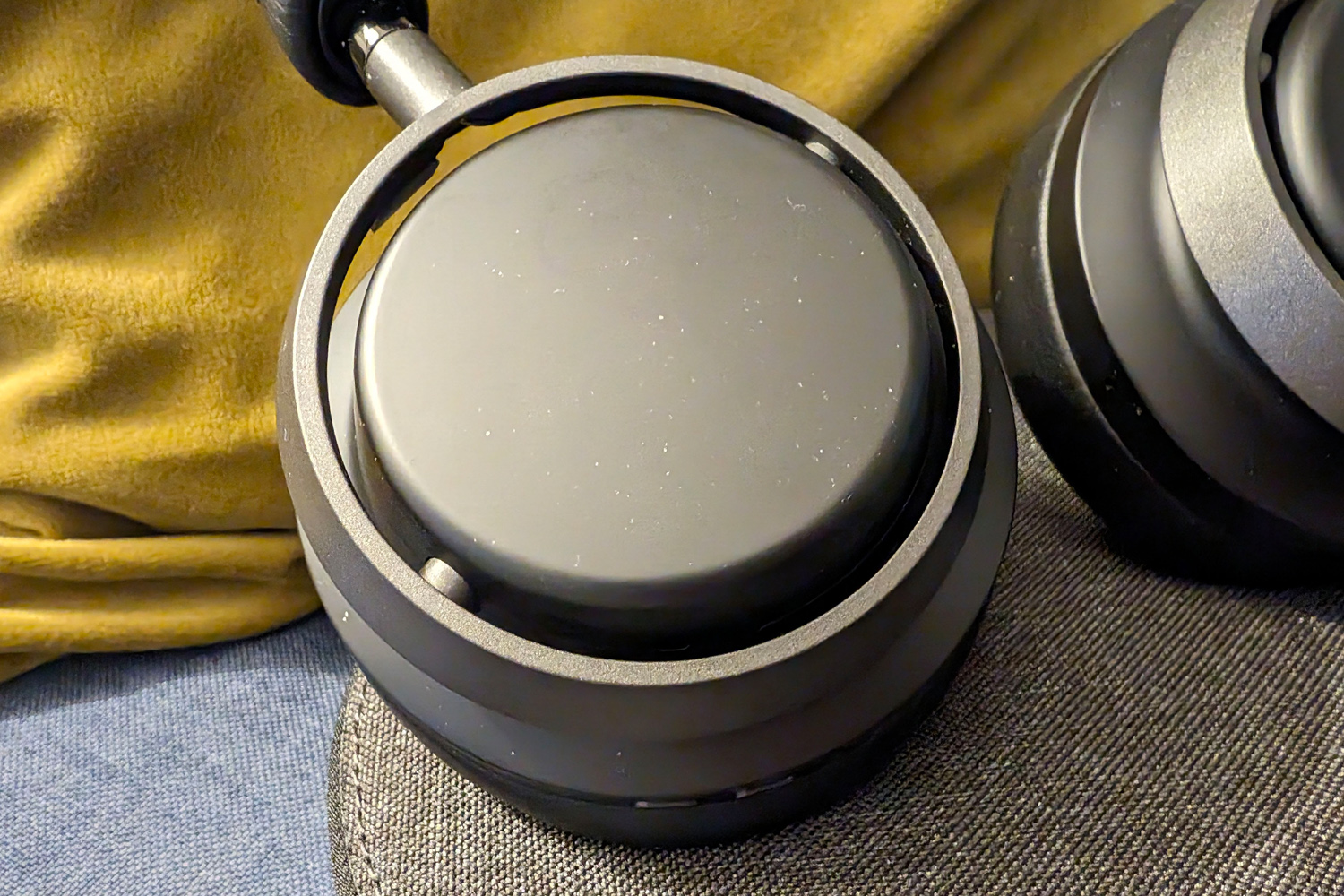
The Fidelio L4 comes bundled in a tidy, fabric-covered travel case, which also has an internal pouch to stash the 3.5mm and USB-C charging cables. The hard shell meant I had no concerns lobbing it in a backpack; it kept the headphones free from damage throughout my testing.
Philips kept physical buttons to a minimum, with one for power and Bluetooth pairing, another for swapping ANC modes, and a third for activating your paired device’s voice assistant. A touch sensitive surface on the right ear cup handles everything else via gestures. You play and pause with a double-tap, swipe up and down to adjust volume, and left or right to skip tracks. Each needs a deliberate motion, which helps prevent accidentally stopping or skipping your tunes.
The extra voice pickup microphone is meant to provide clearer voice calls than the outgoing pair. I had no complaints from anyone I spoke to; they all reported hearing me perfectly well, and better than the pair of true wireless earphones I’d been using previously
According to Philips the Fidelio L4 can manage up to 40 hours of ANC-enabled listening, or 50 hours with it switched off. That largely bore out in my testing, which was done at between 50 and 60% volume. It means you can go as much as ten hours longer with a pair of these on your bonce than with the Sony WH-1000XM5 before you’ll need to plug in. A full recharge takes two hours, but a 15 minute blast is good for an afternoon’s worth of listening.
Wireless connectivity is forward-thinking, with LC3 and Bluetooth LE support as well as LDAC. There aren’t any aptX codecs, though – something that was found on the old Fidelio L3. Google Fast Pair makes setup a breeze on Android phones, and Multipoint means you can be paired to two devices at once. Auracast, a new single source, multi-receiver tech built into the Bluetooth LE spec, also makes the cut – which will be handy once it’s adopted by other gadgets.
During my initial testing, I experienced a few unexplained disconnects. The Fidelio L4 would sometimes drop out for seemingly no reason, then reconnect automatically quickly after. This happened while walking around and when sat stationary, so wasn’t connected to the wear sensor. It was also in areas with low Bluetooth interference, and across multiple devices. Philips eventually diagnosed an issue with Android devices, and issued a firmware update to fix it. In a follow-up test I had no further connectivity problems.
I’ve sent my unit back to Philips for the team to diagnose the issue, which is hopefully isolated or fixable through firmware.
Interface: got what you need
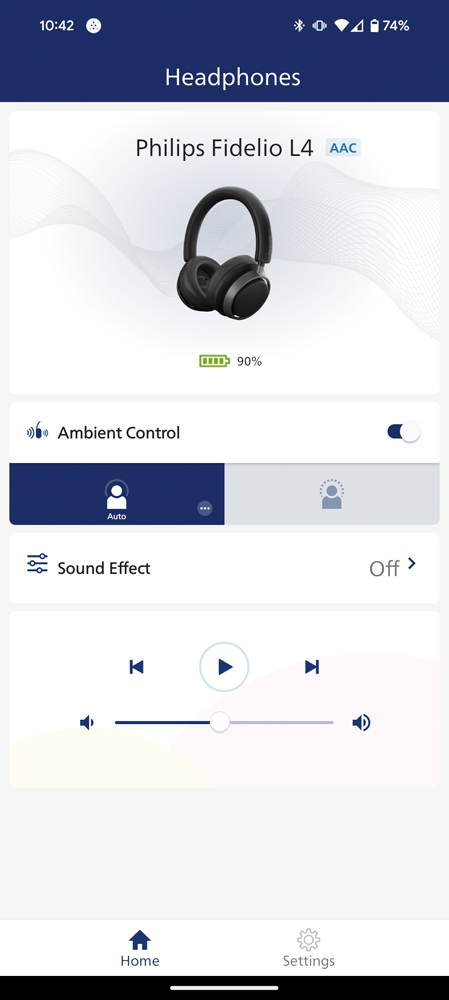
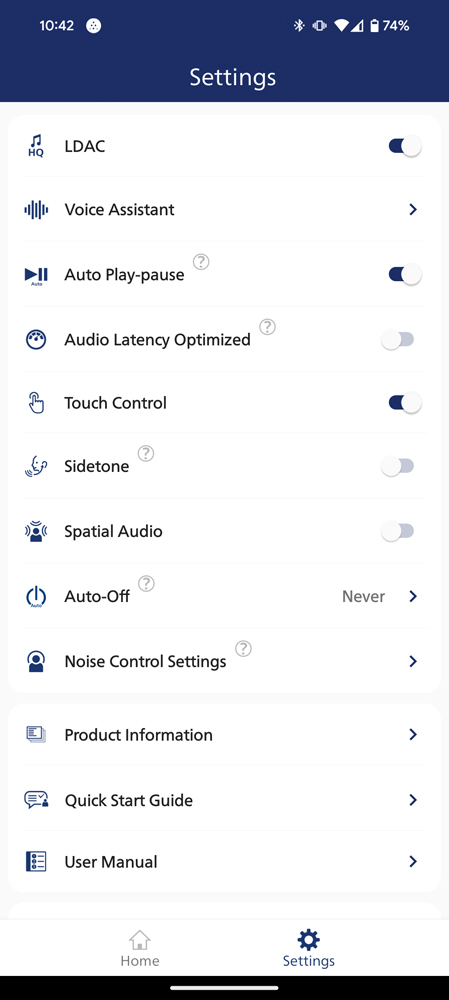
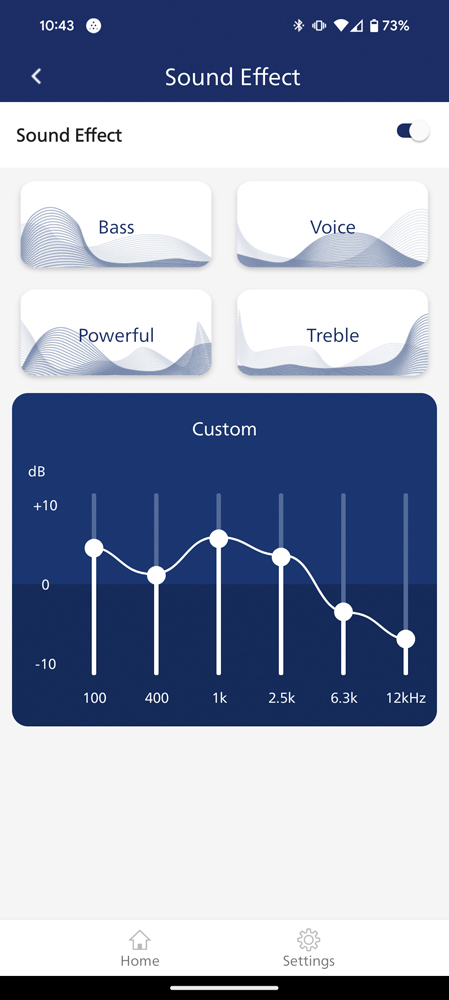
It’s well worth downloading the Philips Headphones companion app, as it’s filled with features. Some are perhaps more surface-level than you’d find from rivals, though, and can be a little sluggish to refresh every time you open it up.
The option for enabling LDAC (if your device supports it) should be your first stop. Once turned on, a nice clear logo appears on the app homepage indicating you’re getting the best possible wireless sound. This is also where you’ll find a battery percentage, playback controls, a toggle for the noise cancelling modes and a sound equaliser.
There are four presets and a six-band custom EQ to experiment with. Bass and Powerful go all in at the low-end, which won’t be to all tastes. I liked how the Voice preset sharpened up a few of my favourite podcasts, but it needed switching off for music to avoid an element of treble harshness.
Dig deeper and you can choose which voice assistant gets woken if you have several installed, the amount of sidetone when making phone calls, and whether to use the on-ear detection or not. It worked perfectly well for me, even while moving about, so I left it on. Spatial audio is also on-board, but not the head tracking variety; it’s more like a wider stereo effect, which I didn’t mind, but felt it didn’t add much to my music either.
The option to disable the touch controls also works as intended here, unlike the Fidelio T2 I reviewed on 2023. You can’t reconfigure what different swipes or taps do, though.
Sound quality and noise cancelling: tastefully tuned
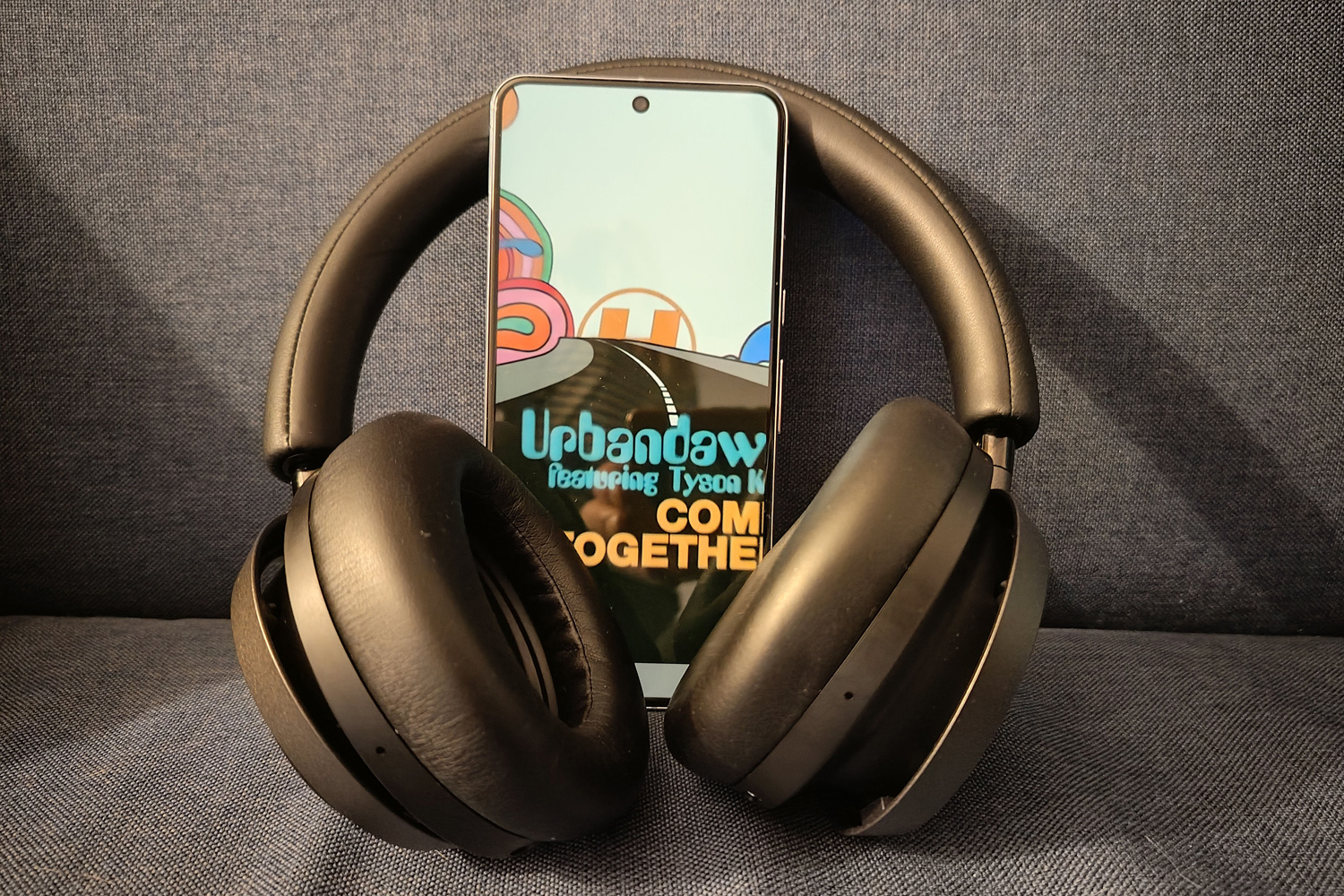
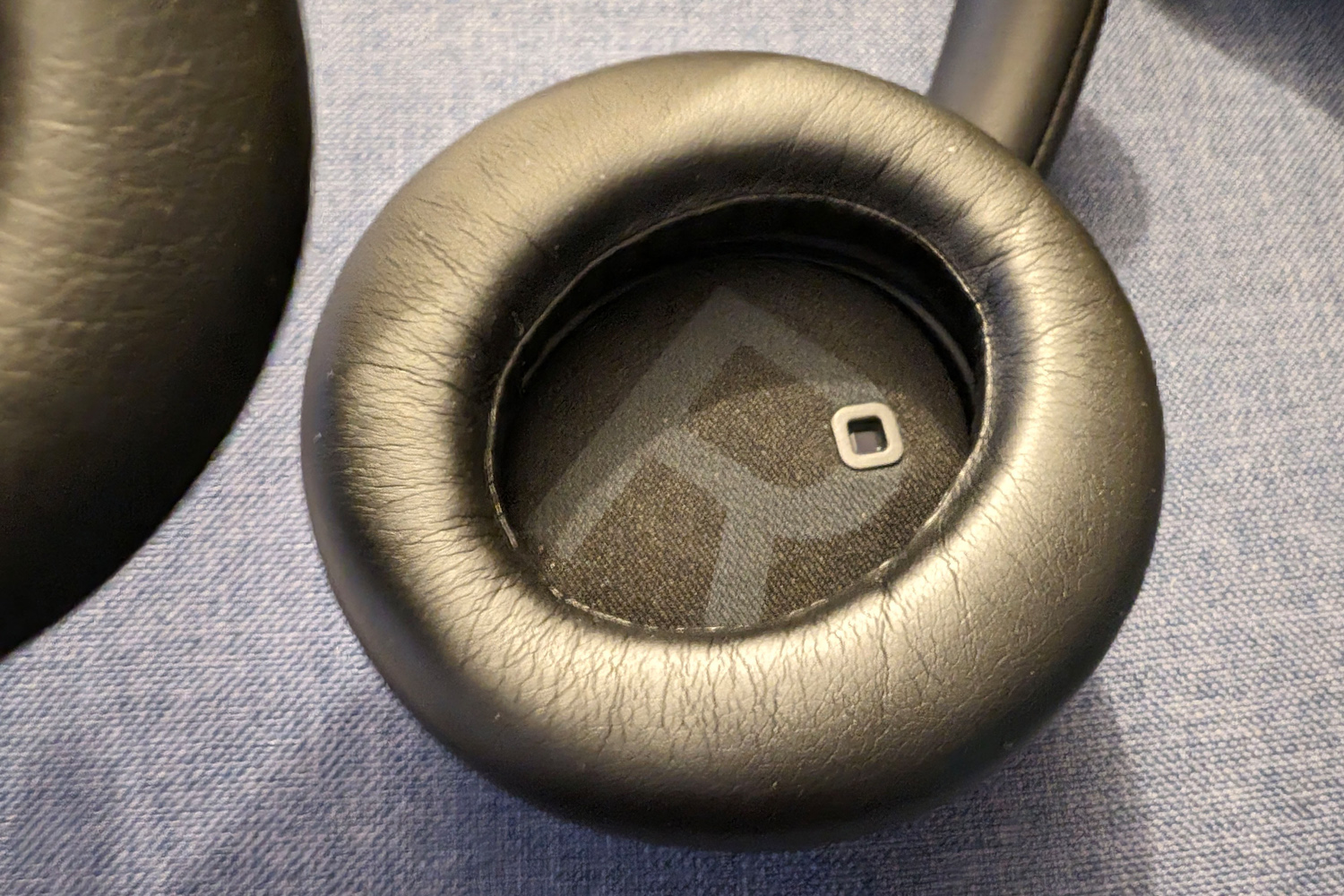
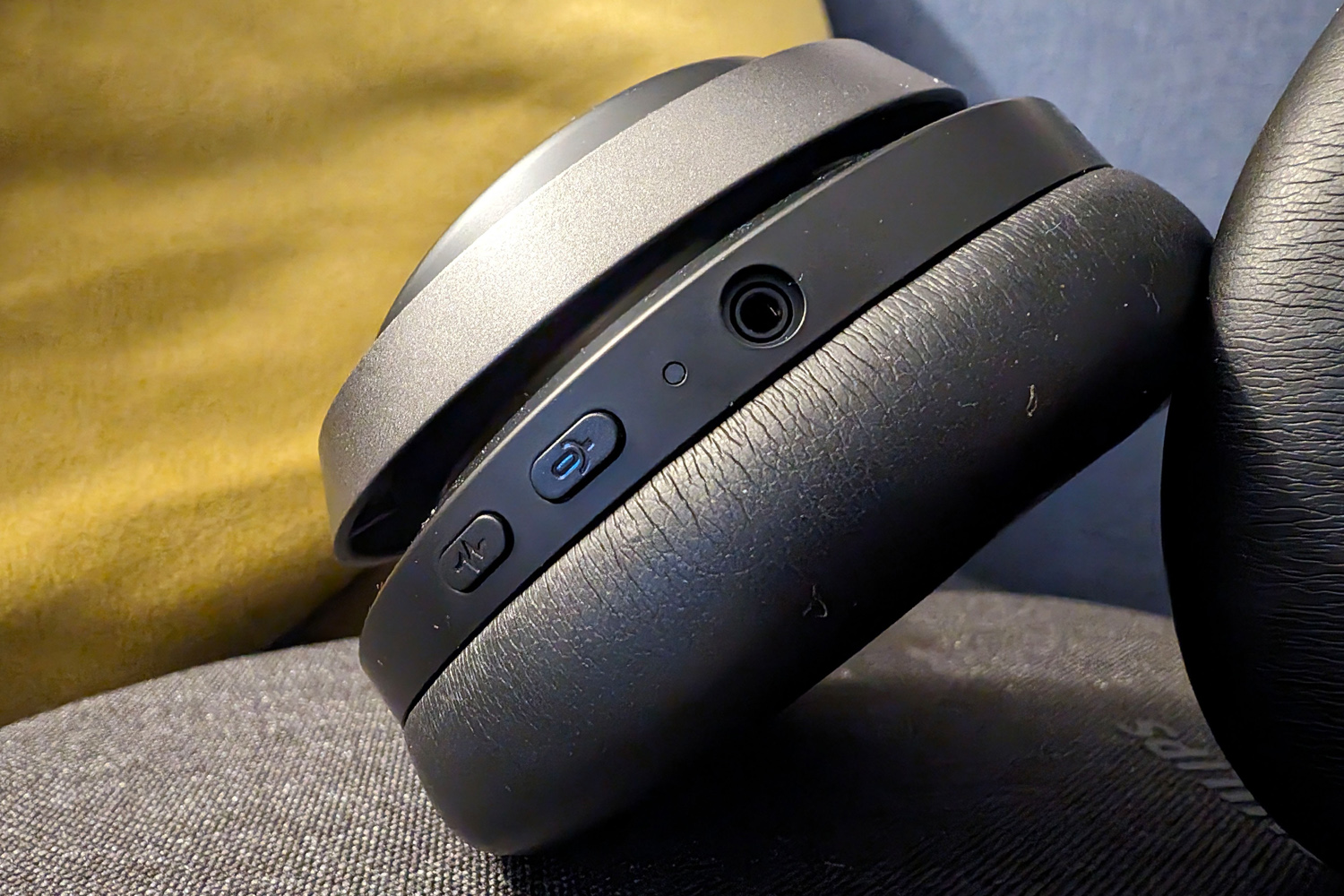
Super-strong yet lightweight graphene is the hot new thing in sound land. Philips has used the material to coat the Fidelio L4’s 40mm dynamic drivers, simultaneously stiffening them up and reducing sound distortion. The firm reckons the mid-range and high-end frequencies are cleaner than the outgoing Fidelio L3’s as a result.
It’s a sound theory; the Fidelio L4 was a fantastic listen across every musical genre I tried. There’s plenty of dynamism and a great sense of detail in vocals and string instruments. Mike Skinner’s words sit front and centre on The Streets’ Weak Become Heroes, with the hi-hats allowed to lurk in the background behind the haunting piano riff. The drums on Mastodon’s The Motherload have real bite, too.
Importantly, the low-end never goes overboard where it isn’t wanted. Sub-bass was suitably squelchy on D&B outfit Calyx & TeeBee’s Nothing Left, without taking away from the drums or main bass rhythms. There’s more warmth here than you might find on some of the competition, but not as much as I was expecting for a Fidelio-badged product. Philips’ engineers have judged the tonal balance very well, without losing what made previous efforts so distinctive.
Perhaps this doesn’t have the widest of soundstages, and you’ve got to keep the ANC enabled for the best possible presentation. Bass is just a little less impactful without it. Otherwise, music lovers will be very happy with a pair of these on their head.
The Fidelio L3 had decent, but not class-leading noise cancellation. Based on my experience, that continues to be the case with the Fidelio L4. Philips has relocated the venting port for the external microphone to reduce wind noise, but it can’t eliminate it completely, and the noise floor is louder than similarly-priced rivals. It’s only noticeable with ANC enabled but no music playing – admittedly not something I do often.
At its highest setting, the ANC does a decent enough job at cancelling the low frequency rumbles of commuter trains and passing cars. Elements of both still seeped through, though. Bose and Sony remain my favourite noise cancelling cans, although you pay a lot more for the former, and the gap to the latter isn’t huge.
Philips Fidelio L4 verdict
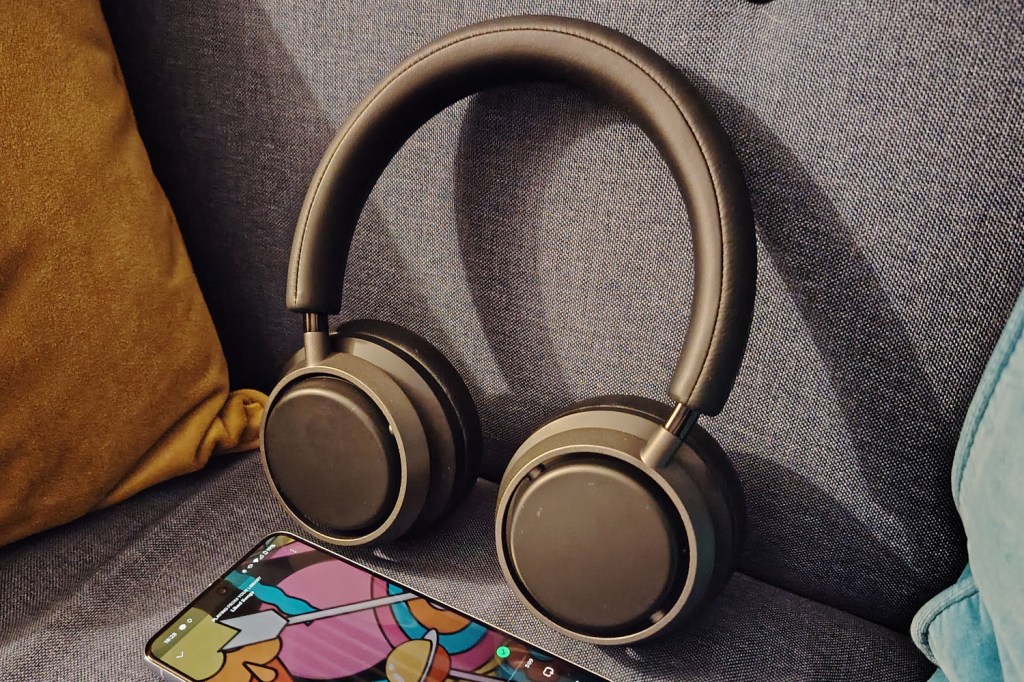
The Philips Fidelio L4 is a subtle refinement on the usual Fidelio formula. These headphones are just as engaging as previous efforts, but bring a little more finesse across the frequency spectrum. That makes them a very enjoyable listen across multiple musical genres. Build quality remains high, the styling is on point, and they’re rather comfy to wear.
There are rivals with more nuance and neutrality, if that’s what you’re into. Others have it beat for noise cancelling effectiveness, and most weigh less than the Philips does. But competitive battery life and a keen price put it up there with the best ANC headphones £300 will buy you.
Stuff Says…
A comfy, long-lasting pair of over-ears with no gimmicks, just great sound. But it’s hardly like that’s a rarity at this price.
Pros
Engaging and enjoyable tuning
Sleek looks and quality materials
Ample battery life
Cons
Noise cancelling short of class best
A few app shortcomings
Philips Fidelio L4 technical specifications
| Drivers | 40mm, graphene-coated dynamic |
| ANC | Yes |
| Bluetooth version | Bluetooth 5.3 |
| Codecs supported | SBC, AAC, LDAC, LC3 |
| Battery life | 40hrs/50hrs (ANC on/off) |
| Dimensions | 53x214x209mm, 330g |

